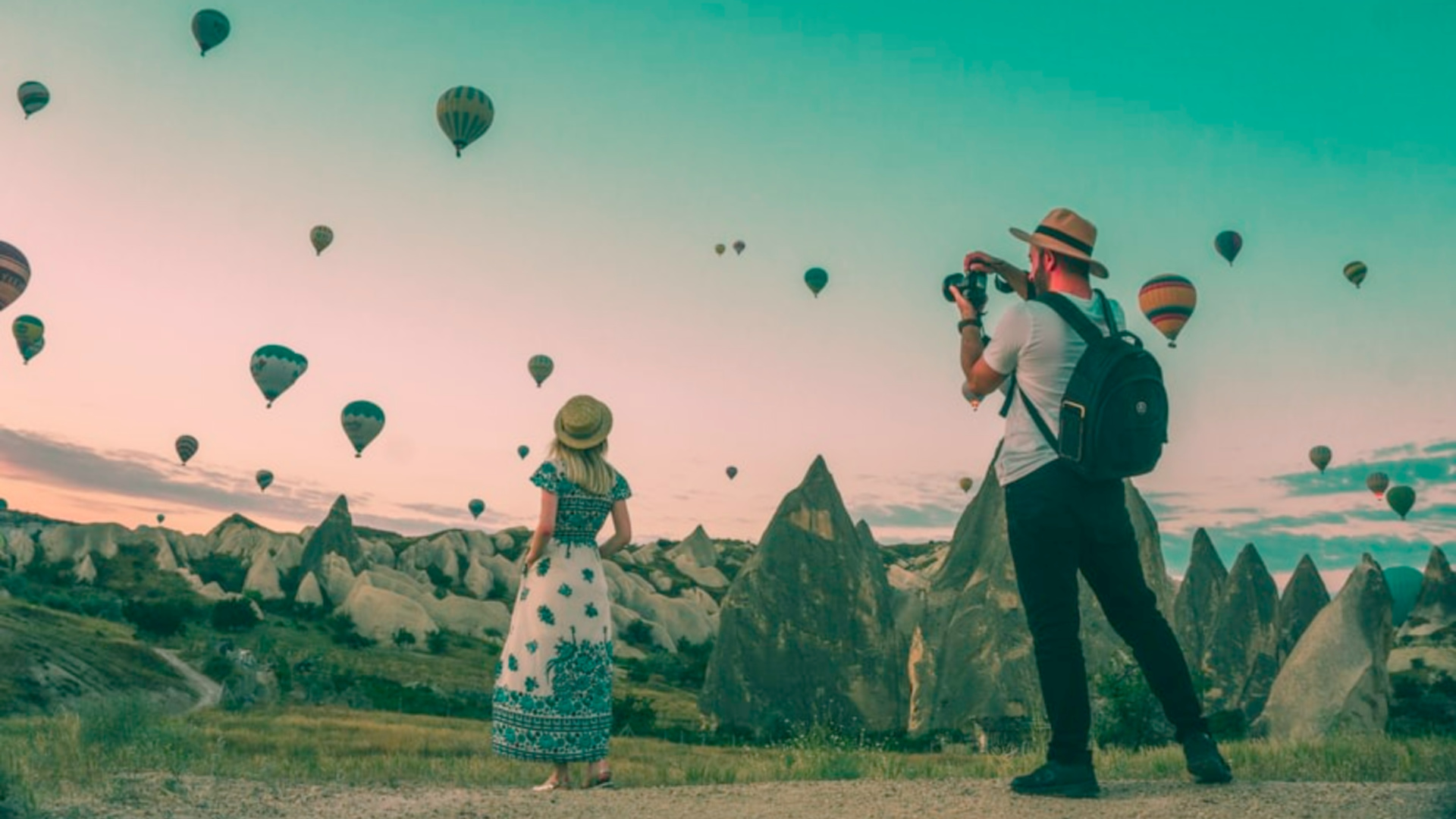 With 100 million users and 400 million snaps a day, it’s no wonder brands are turning to Snapchat to connect with consumers. The social networking platform allows brands to connect and interact with an audience in real-time by posting engaging content. However, with these perks come even greater obstacles.
With 100 million users and 400 million snaps a day, it’s no wonder brands are turning to Snapchat to connect with consumers. The social networking platform allows brands to connect and interact with an audience in real-time by posting engaging content. However, with these perks come even greater obstacles.
Below are, in my opinion, the four biggest challenges that brands face with Snapchat:
1. Geofilters or AR Lenses? How to Decide.
As of late, many brands have been creating both geofilters and AR lenses to promote their products/services. Both are great tools to build brand identity, but before one decides which feature to create and use, they’ll need to do some research.
Putting cost aside, geofilters can only be successful for brands with a deep understanding of their target audience. Unless a brand has millions of dollars to spend on a nationwide campaign with Snapchat, they might want to start small. Luckily, Snapchat has made this easier to do for brands and marketers who wish to create specialized, on-demand geofilters for their businesses. It doesn’t break the bank either depending upon how wide and long you want your geofilter to be available for.
A trend that I have been noticing in 2016 is brands creating exclusive geofilters that are only available at in-store locations. What makes this tactic so powerful is that it carries forth a marketing message in a fun and engaging way without feeling like a marketing message. Consumers are then more likely to voluntarily snap themselves using the filter. This has become the new-age version of “word of mouth.”
2. Building an Audience.
Building and sustaining an audience on Snapchat is tough. Unlike other popular social platforms, Snapchat doesn’t have the promotional features that artificially place a brand’s account onto users’ newsfeeds. This leaves some brands to depend too much on their followers to manually add them. However, an effective new trend has started to take place that makes Snapchat stand out: cross-promotion.
I’m seeing brands beginning to promote their exclusive Snapchat content through their existing social ecosystem. Whether it be behind the scenes at an award show or a sneak peak at a new product, brands are finding ways to get around this obstacle by giving their followers what they want, but they have to follow them on Snapchat first in order to get it.
3. Measuring the “Un-measurable.”
Since Snapchat was only launched five years ago, analytic tools have been fairly scarce for the platform. Natively, one can measure how many opens a story gets, the amount of screenshots it receives and the amount of people who view the entirety of a story. Although these are all very important things to consider, they don’t necessarily depict whether a campaign was successful or not.
So, how are brands supposed to measure whether this platform is actually working for their company?
One way to sidestep this obstacle is to create content that leaves it up to the followers to decide. Let’s say a brand wants to begin hosting a video series that’ll live on the story feature. A great way to get consumers involved is to create a story ahead of time listing potential themes to be seen in the upcoming video. By suggesting followers screenshot a theme that they would like to see next, a brand is able to measure how much their followers actually care about the content they’re putting out, along with providing their audience with what they want, rather than what brands think they’d want. It’s a win-win.
4. Breaking Through the Limiting Barriers
Snapchat is a great tool for creating authentic and organic content, but if you’re a brand that’s looking to create very high-quality videos and pictures, it might not be the platform for you. For one, posts can only be generated via smartphone, potentially causing the resolution to be a lower quality than on other networking sites. And while a Snapchat story can be an infinite amount of seconds long, keep in mind that an individual video or picture only lasts for ten seconds.
Some brands may be scared to embrace these limitations, others are going in full throttle by taking advantage of this “disadvantage.”
I’ve seen many fashion brands capitalize on this within the last year. These brands give off the image that luxury is “hard to get,” but when utilizing Snapchat to post raw footage of their fashion shows from the front row to backstage, it gives followers the opportunity to feel like they were part of an experience that is typically out of reach for most. By capitalizing on this approach, brands can come off as more authentic and approachable.
As Snapchat continues to evolve, brands will find ways to become more engaged with their audience. What are you doing to Break Through with yours?


